Haunted place: Top 45 scariest places in the world (2)

Island of Poveglia, Venice
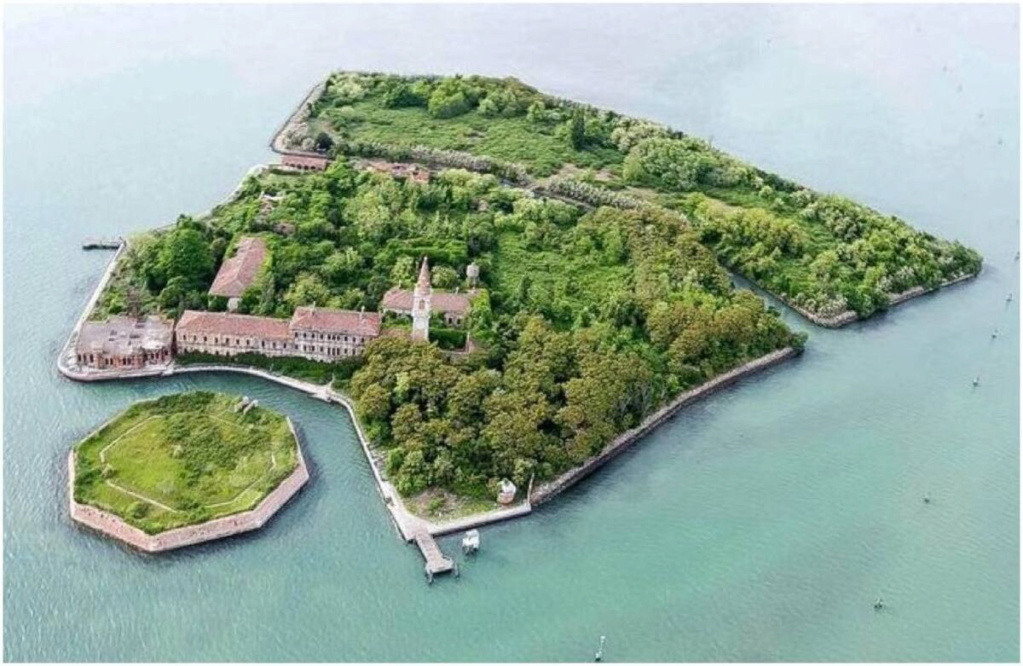
Less than 800 meters from the canals of Venice, the island of Poveglia served as a quarantine zone for victims of the bubonic plague, a storage space for Napoleon's weapons and the site of an insane asylum in the beginning of the 20th century. The asylum was the scene of gruesome medical experiments, reports The Travel Channel, and finally closed for good when a doctor threw himself from the top of the institution's steeple. Locals still claim to hear chimes ringing across the island, even though the bell was removed decades ago. It is illegal to visit Poveglia today, but you can view the island and the decaying hospital safely from the beaches of nearby Lido.
Leap Castle, Ireland
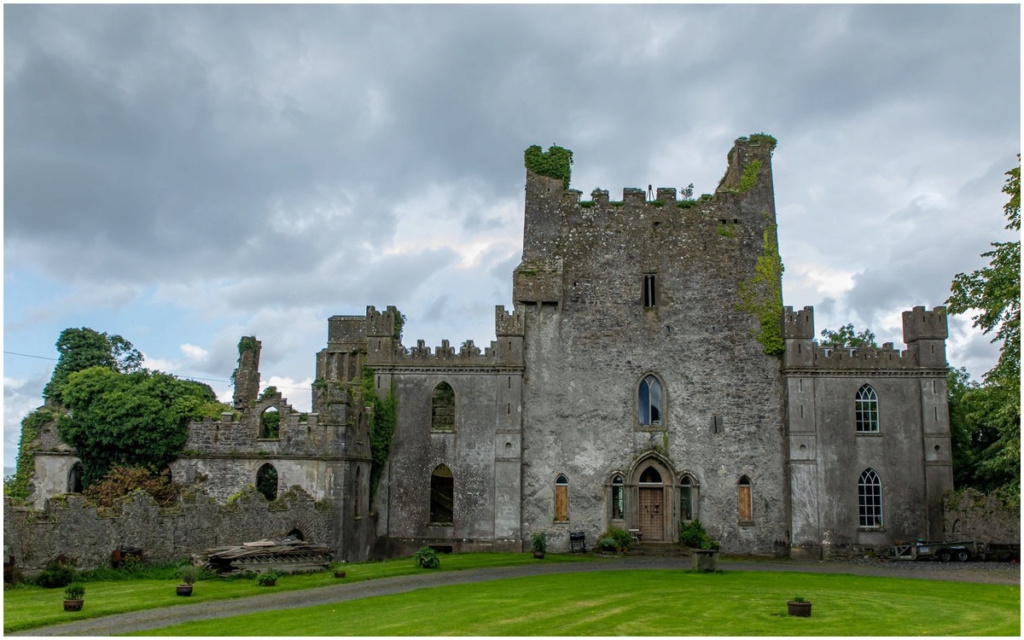
Built between the 13th and late 15th centuries, this Irish castle has seen more gruesome deaths than a Game of Thrones wedding. Legend has it that during a power struggle within the O'Carroll clan (who had a habit of poisoning diners), a member of the clan plunged a sword into the body of his brother, a priest, while celebrating mass in the castle chapel. The room is now called "The Bloody Chapel" and the priest is said to haunt the church at night. The horror doesn't end there, at least not according to the macabre story described on the Castle Leap website. During renovations in the early 1900s, workmen discovered a secret dungeon in the Bloody Chapel, with so many human skeletons they filled three carts when they were taken away.
Crumlin Road Gaol, Northern Ireland

Crumlin Road Gaol, a Victorian-era prison located in Belfast, is reputed to be one of the most haunted sites in Northern Ireland. Often referred to as the Alcatraz of Europe, the prison has housed some 25,000 inmates (men, women and children) over its 150 years of existence. Many prisoners were hanged in public and their bodies were buried within the prison walls. The facility officially closed in 1996, but the ghosts of deceased inmates are said to still roam the iron walkways today. If this is the kind of place you want to hang out, you're in luck: Derumlin Road Gaol Prison offers daily tours, live music and reasonably priced meals at its in-house restaurant (in the prison? ). It even serves as a conference venue and,
Tower of London, England
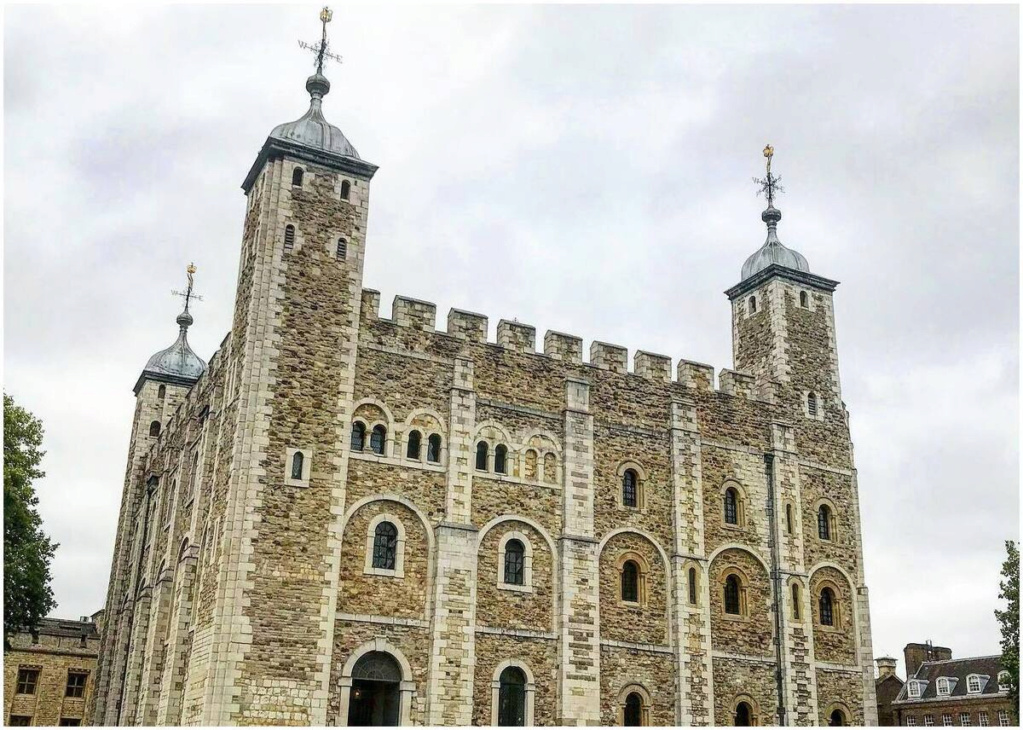
Built by William the Conqueror in 1066, this uncompromising fortress served many functions. But it is best known for its bloody history as a prison and place of execution: Henry VIII ordered the execution of two of his wives there, Anne Boleyn and Catherine Howard. It is also where two young princes were imprisoned after the death of their father, King Edward IV. They went missing soon after, in 1483, and their remains weren't found until 1647. It's no surprise that ghost stories of the Tower's victims – and ghost tours of historic royal palaces – abound.
Catacombs of Paris, France
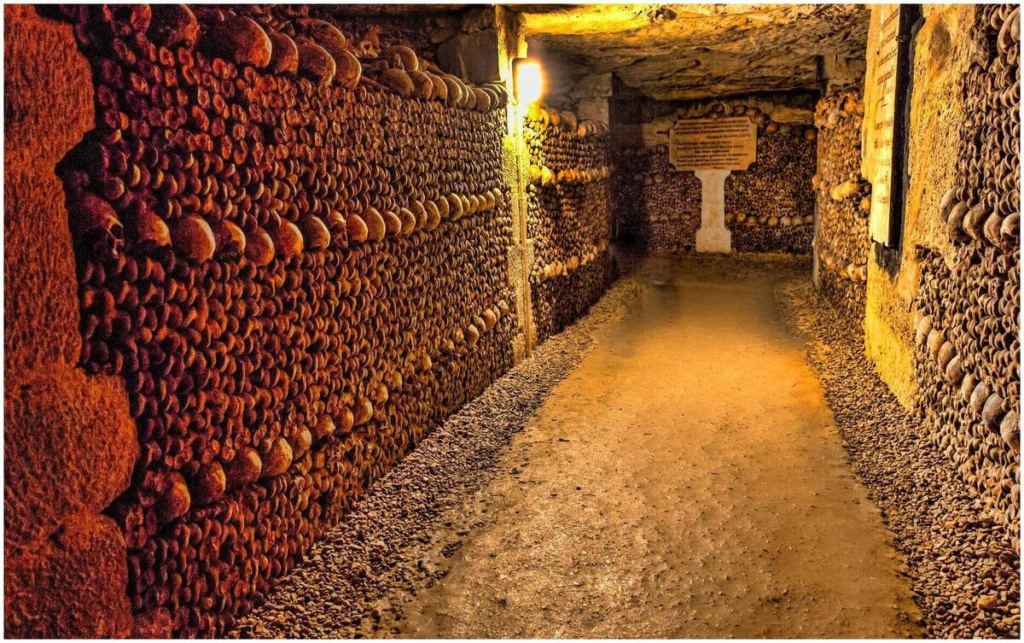
After a prolonged bout of heavy rain flooded and unearthed the overcrowded Innocents Cemetery in the spring of 1780, a wave of rotting corpses swept over the neighboring property. According to the Smithsonian Mag, this horrific event sparked a 12-year project to move bodies from Paris cemeteries to the city's former limestone quarries, eventually filling underground tunnels with some 6 million bodies. Today, almost a kilometer of this subterranean labyrinth is open to visitors, who can tour the artfully arranged tunnels and exhibits of bones.
Ponte Sisto, Rome
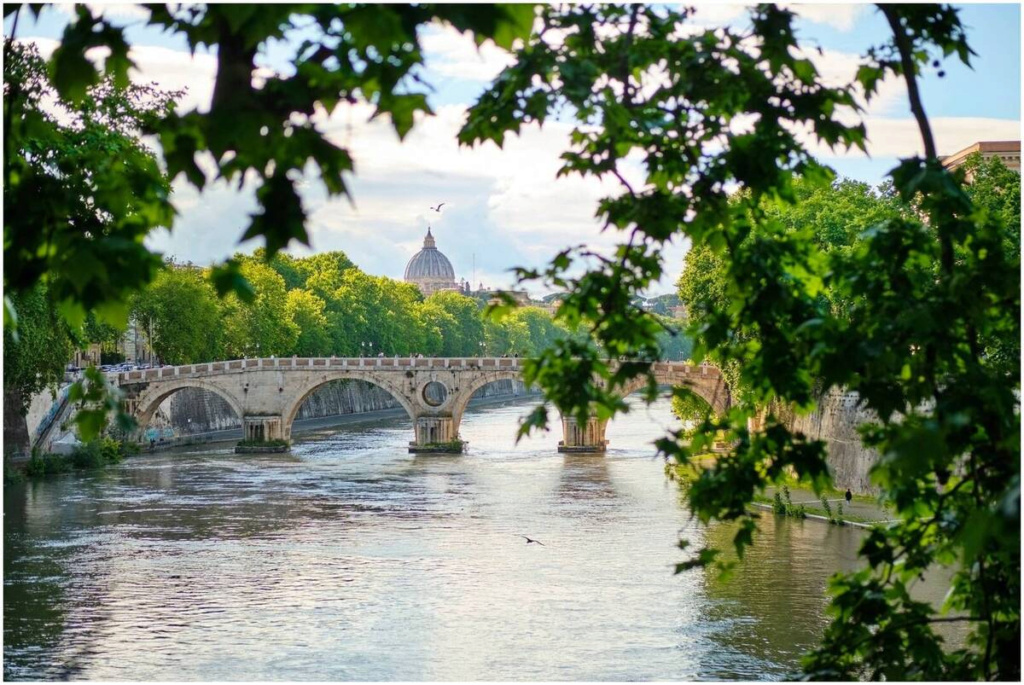
In a city as old as Rome, virtually every brick in every building has an accompanying story. In some cases, these stories are downright chilling. One such story concerns the Ponte Sisto, a romantic bridge that spans the Tiber near downtown Rome. According to local legend, if you go to the bridge at sunrise, you will see a horse-drawn carriage driven by the ghost of Olimpia Maidalchini, adviser to Pope Innocent X (hence her nickname "woman pope"). This spectral phenomenon is believed to be Olimpia's attempt to flee the city with the church's gold, as she allegedly did after the death of Pope Innocent X in 1655. Although the Ponte Sisto is closed to pedestrian traffic, you can visit the bridge as part of Dark Rome's daily night walk called "Ghosts,
Haunted Vicar of Borgvattnet, Sweden
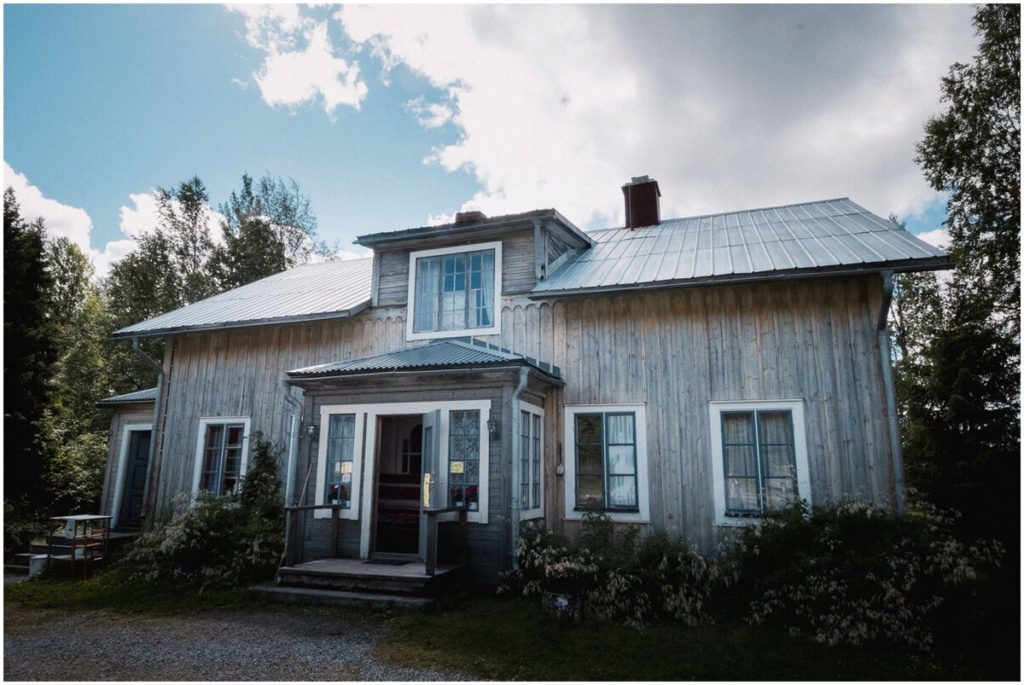
Originally built in 1876, strange occurrences have been noted in this parsonage since the 1960s. The gray wooden structure now serves as a guesthouse in a rural area in northern Sweden where people practice snowmobiling, fishing and…not much else. Borgvattnet customers have claimed to have heard footsteps, music and the sound of three crying women coming from the hostel. The owners will reward you with a certificate that you stayed the whole night.
Jaen Parador, Spain

Situé dans une forteresse arabe du XVIIIe siècle surplombant le paysage andalou, le Parador de Jaén a quelques histoires effrayantes qui se cachent derrière ses murs imposants. Selon le site Internet de l’hôtel, un client de la chambre 22 a été réveillé brutalement une nuit par les pleurs d’une femme et les coups frappés à la porte. Une équipe d’enquêteurs paranormaux a été appelée à tout vérifier dans les années 1980, et ils ont conclu que la chambre était en fait hantée par l’esprit d’une jeune femme qui était morte d’un chagrin d’amour dans la forteresse il y a plusieurs siècles. La chambre est restée calme depuis l’enquête, mais ce n’est pas la seule histoire de fantômes dans le coin. L’hôtel serait également hanté par l’esprit du « Terrible Lézard », surnom d’un prisonnier mort de faim alors qu’il était enfermé dans la forteresse.
Ancient Ram Inn, England

Built in 1145, the Ancient Ram Inn at Wotton-under-Edge has served many roles over the centuries: residence of priests, lodging of masons and slaves, inn and drinking establishment. This is also a seriously haunted place. Architectural Digest writes, "With ghost children, a high priestess, and even an incubus (Google it, but don't say you haven't been warned) roaming the hallways, patrons are said to have jumped out of windows in a frenzy of 'escape. »
Burg Eltz, Germany

Eltz Castle dates back to 1157, so the list of myths surrounding it is quite long. The most fascinating story is that of a young countess named Agnes, who was engaged to another nobleman but called off her engagement after meeting him. The despised noble besieged the castle and Agnes perished after taking up arms to defend her castle. His spirit of mourning is still perceptible today, especially in his former bedroom, where his pierced armor and his hatchet are displayed.
Domaine d’Eden Brown, Nevis
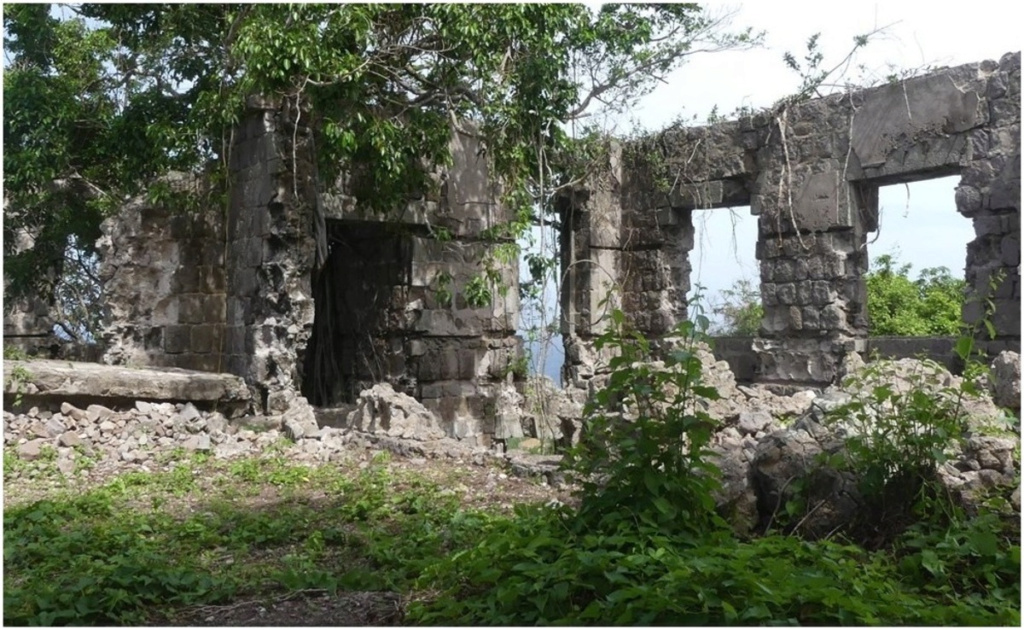
Often overshadowed by neighboring St. Kitts, Nevis has just as much to offer travelers – in fact, it even offers more for the more morbid. This is the case of the Eden Brown Estate, a former plantation now in ruins. The estate originally belonged to a wealthy businessman who intended to give it to his daughter as a wedding present. However, a mysterious duel between the groom and the best man resulted in the deaths of both men on the wedding day, and the girl was left single and alone for the rest of her life. Today, many visitors claim to have seen the spirit of the recluse woman wandering the property.
In Africa:Castle of Good Hope, South Africa

A sprawling building located near the shore of Table Bay in Cape Town, the Castle of Good Hope dates back to 1666, making it the oldest colonial building in South Africa. Originally built by the Dutch East India Company as a refueling station for ships, the site also served as a military fortress and prison during the Second Boer War, from 1899 to 1902. Today you can visit the fort's many rooms and buildings (including the gruesome torture chamber), but you should be prepared to spot a ghost. In the 1700s, Governor Pieter van Noodt sentenced several men to be hanged to death; one of the men cursed the governor from the gallows, and van Noodt died of a heart attack later that day.
Lord Milner Hotel, South Africa
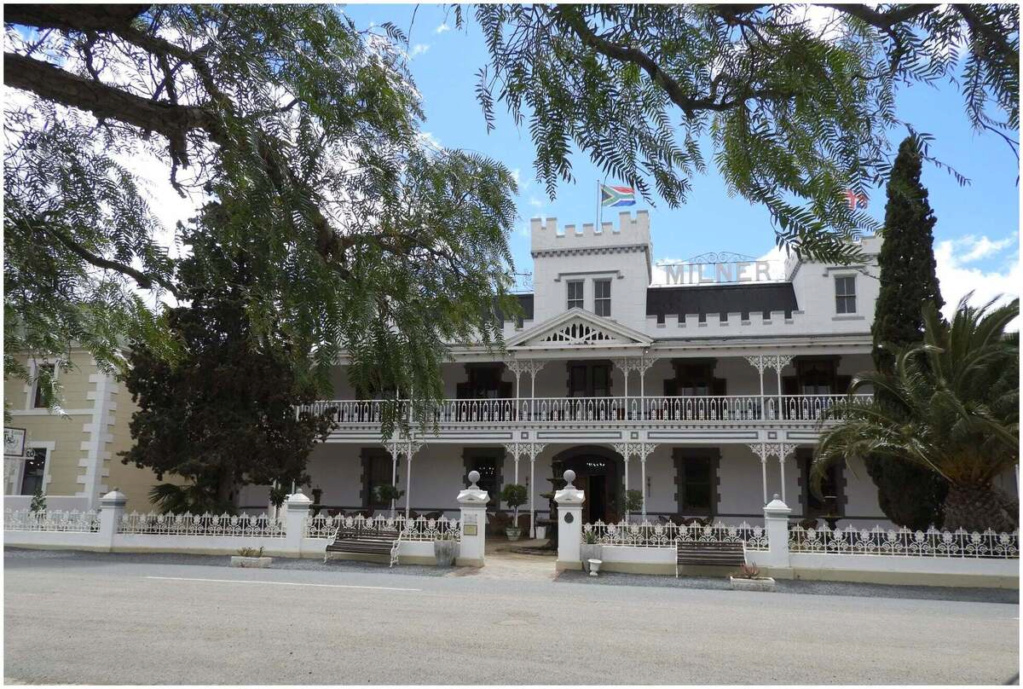
South Africa may be best known for its wildlife sanctuaries, but it also has its share of charming, haunted hotels. One such establishment is the Lord Milner Hotel, located on the edge of the Great Karoo in the village of Matjiesfontein. The town served as a command headquarters during the South African War in the early 20th century, as well as the site of subsequent (and controversial) war crimes hearings. Given the intense history of the village, it's no wonder that the Lord Milner Hotel is the scene of paranormal activity. According to the hotel, some of its guests are ghosts who have never left the premises, including "Lucy", a ghost in a negligee who sometimes makes noise behind closed doors.
In Asia:Chuuk Lagoon, Micronesia

hat's even scarier than a haunted graveyard? Probably a haunted cemetery that is 15 meters underwater. Chuuk (formerly Truk) Lagoon in Micronesia served as a fortified base for the Japanese Navy during World War II and was attacked by American forces during a three-day air raid in 1944. Dozens of warships , planes, tanks and railroad cars sank to the bottom of the lagoon, where they still lie today in what is known as the "Truk Lagoon Ghost Fleet". The ship graveyard is hugely popular with divers, with PADI calling it “one of the best wreck diving destinations on the planet”. Underwater explorers can swim up close to warships, which are littered with weapons,
Al Madam, United Arab Emirates

There's something oddly beautiful about ghost towns, and Al Madam is no exception. Located about 40 kilometers southeast of Dubai, the village was likely built in the 1970s and deserted soon after – a fact local legend attributes to jinn (shape-shaping spirits) who frightened people as they left the city. No one knows if the spirits persisted or not, but Al Madam still has a haunted side to it: dunes encroach on the two rows of houses and the mosque, sand falls through broken windows like waves, and a seemingly endless sea end of ocher desert extends in all directions.
The Forbidden City, Beijing, China

No trip to Beijing is complete without a visit to the Forbidden City, the former Chinese imperial palace that now serves as a museum. But you might not know that this popular tourist destination has quite the reputation among supernatural enthusiasts. In its 600 years of existence as a palace, the complex has seen its share of murders, from jealous concubines poisoning each other to executions carried out by order of the emperor. It goes without saying that many strange phenomena have been reported since the palace opened to the public in the 1940s. The most common story concerns a woman dressed in white (as in most good ghost stories) who walks through the park sobbing.
Haw Par Villa, Singapore

Haw Par Villa is a 1930s theme park located in Singapore, and it's actually the opposite of Disneyland. Its colorful entrance made up of Chinese arches seems innocuous enough, but once inside, you can see that the park is covered with more than 1,000 statues, each stranger than the next. Fans of all things gruesome should head straight to the Ten Courts of Hell, a series of dioramas that depict harsh modes of punishment in order to teach young children morality. If the detailed depictions of dismemberments are chilling enough, Time Out Singapore reports that "wax statues of doomed souls come to life at night, filling the infamous Ten Courts of Hell exhibit with tortured screams." Bring your kids!
Fort de Bhangarh, India

Located just 160 km southwest of Delhi, the lush ruins of Bhangarh Fort form a curious juxtaposition with the desert landscape of Rajasthan. To this day, the oasis remains largely uninhabited due to an alleged curse cast by a disgruntled wizard after his advances were rebuffed by a local princess.
Aokigahara Forest, Japan

This seemingly serene forest, located at the foot of Mount Fuji, has a troubled past. Known as the "forest of suicides", Aokigahara has been the scene of 500 suicides since the 1950s, reports the BBC. Some attribute this trend to the forest's association with demons in Japanese mythology. Others point to the extensive underground deposits of iron, which interfere with compasses and make it easy to get lost. In fact, many hikers mark their way with tape or string to make finding their way easier.
Himeji Castle, Japan

Himeji Castle dates from 1333 and is considered one of the greatest remaining examples of Japanese castle architecture. It is also associated with some rather bizarre folklore, including the story of Okiku, a former palace servant who was wrongly accused of losing valuable dishes. She was killed and thrown into the castle well. His ghost now haunts the castle at night, counting the dishes in a mournful tone; she reaches flat nine before screaming and returning to the pit.
Lawang Sewu, Indonesia

Built in the early 20th century by Dutch settlers, Lawang Sewu (or "Thousand Gates") served as the headquarters of the Dutch East India Railway Company before being turned into a detention camp by the Japanese during the Second World War. World War. During the war, many tough interrogations, tortures and violent executions took place within the building's walls, contributing to its current status as the most haunted site in Indonesia, according to the country's tourism ministry. Tourists are free to visit the abandoned site today, perhaps to confirm whether the many Lawang Sewu-related ghost stories circulating are true.
Tao Dan Park, Ho Chi Minh City, Vietnam

Over 24 hectares of gardens, Tao Dan Park looks like a paradise, but at night, locals say the space takes on a whole new feel. Rumors say that the ghost of a young man killed in an attack still wanders the park, looking for his lost love.
Source: websites

